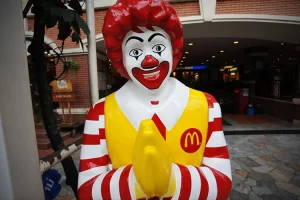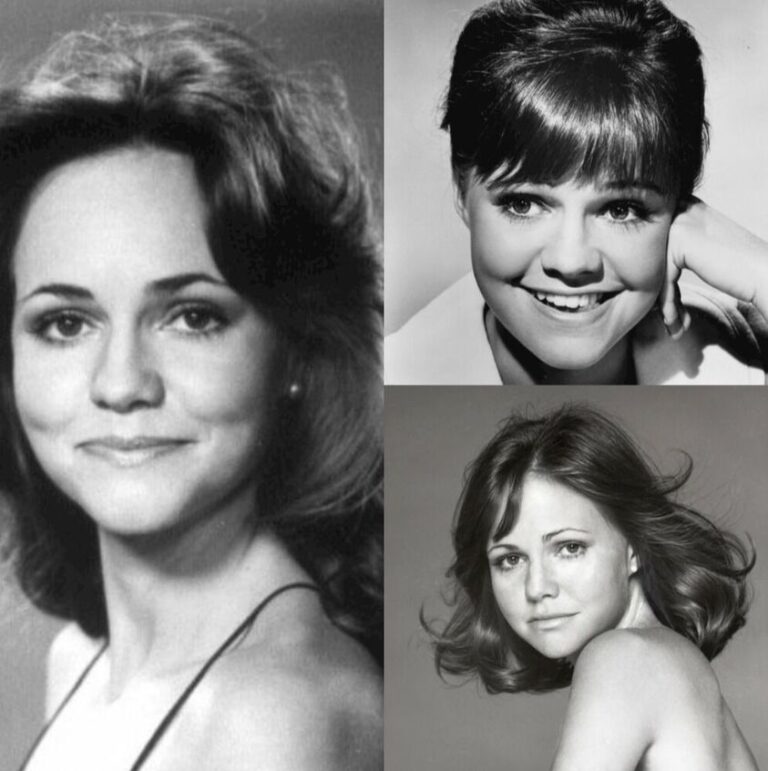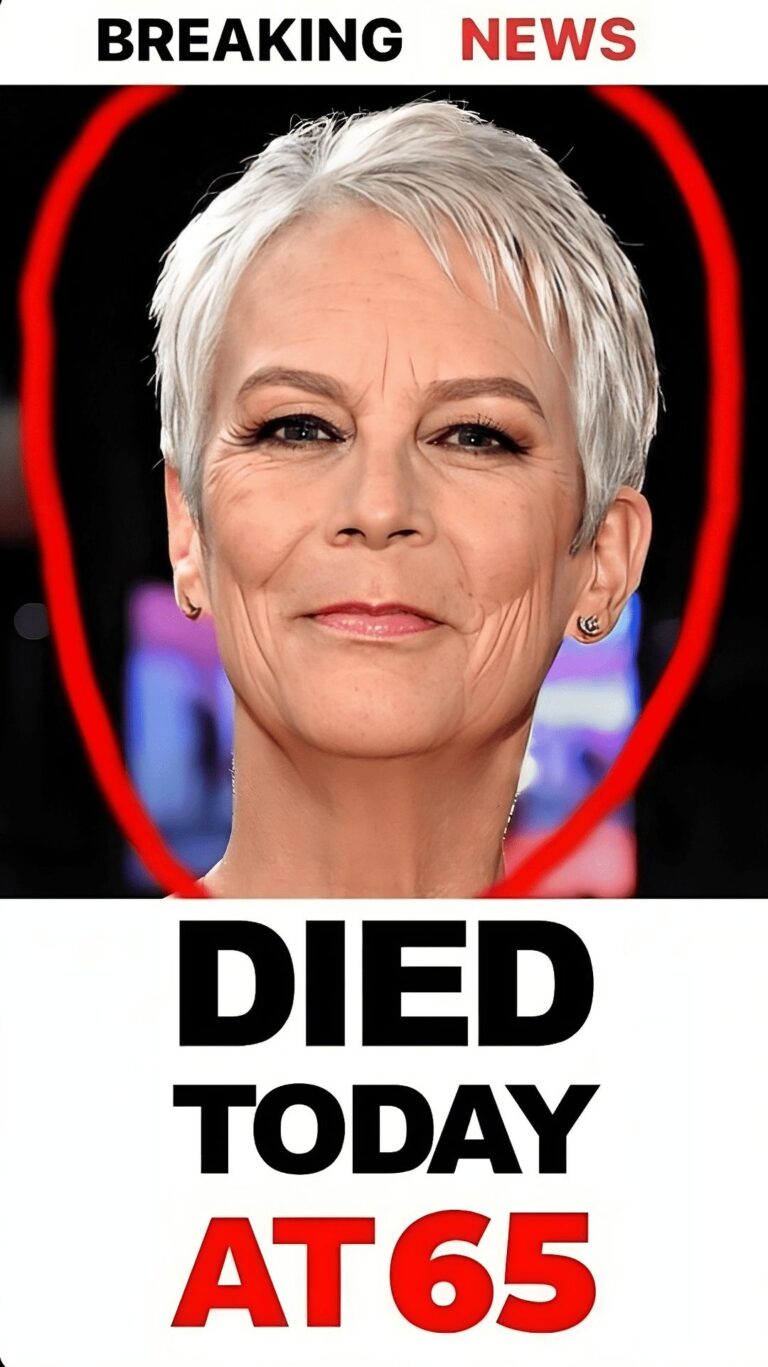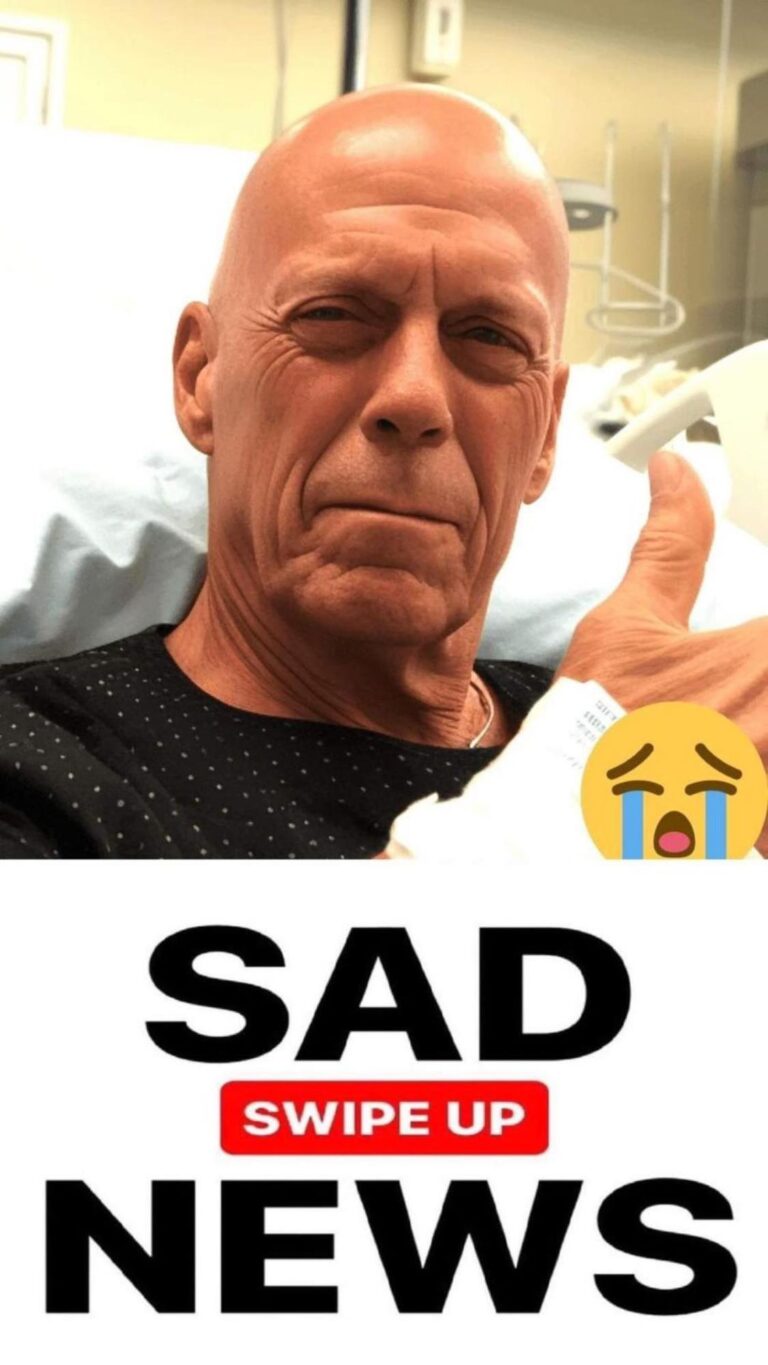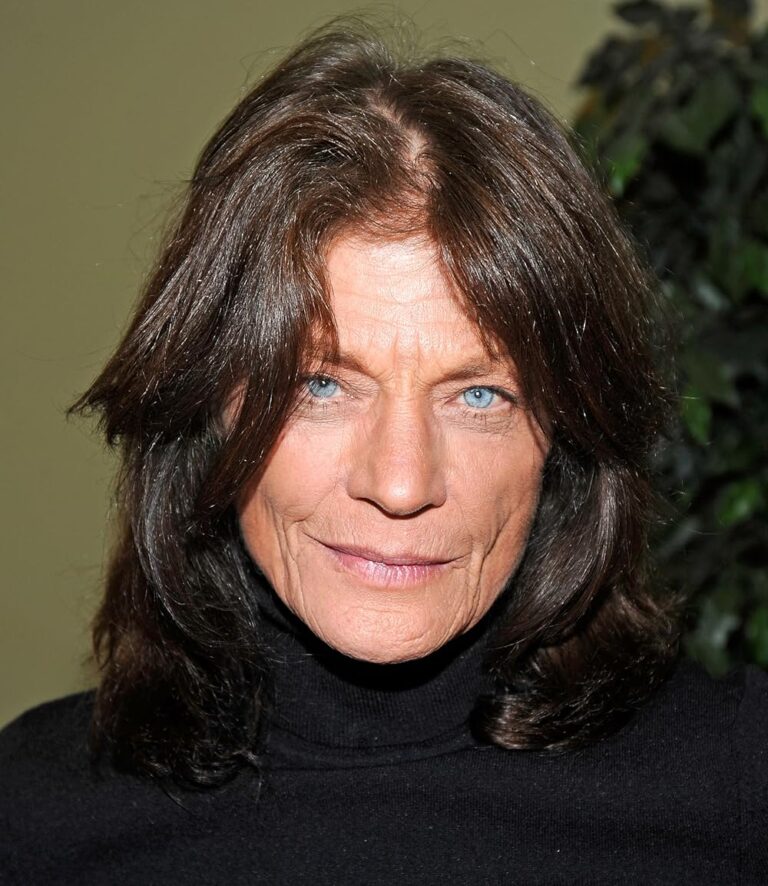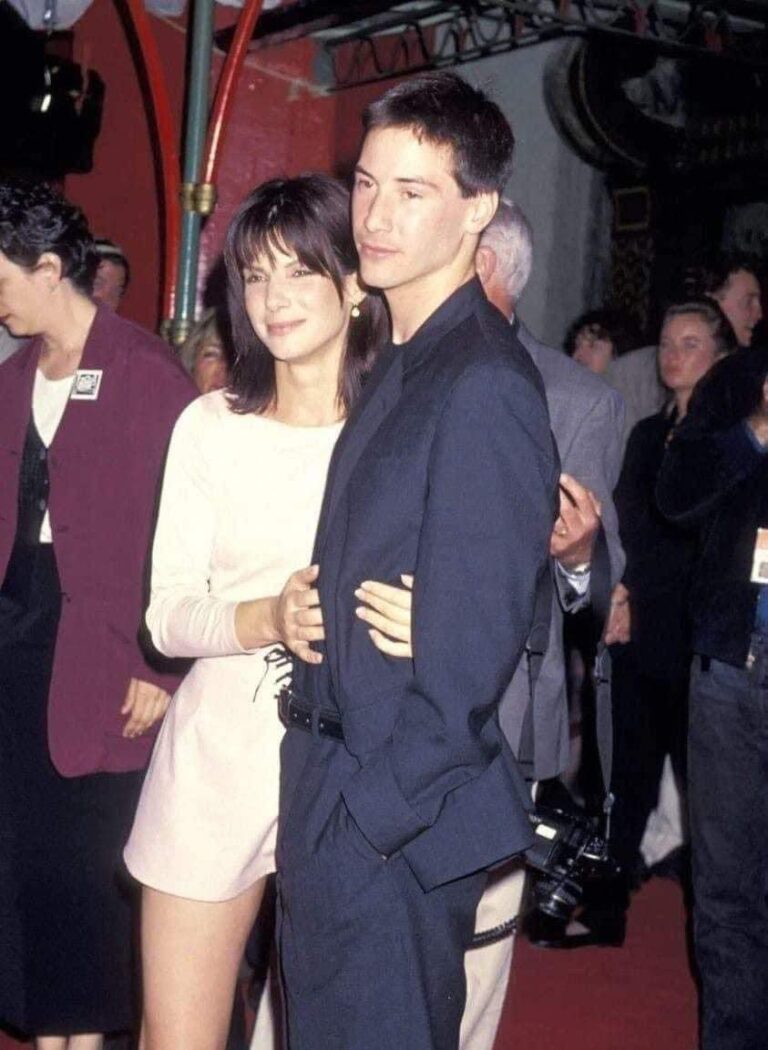Haven’t seen him in a while now I think about it 🤔
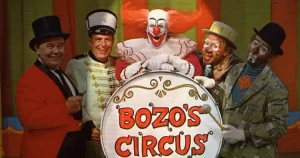
The concept of Ronald McDonald was inspired by Bozo, the beloved iconic clown adored by many across America. Initially conceived as a marketing strategy to attract children to McDonald’s outlets, the idea proved to be a tremendous success. Children, enthralled by the allure of hamburgers, fries, and milkshakes, eagerly persuaded their parents to visit the restaurant.
In Washington D.C., Bozo was portrayed by Willard Scott, who was subsequently hired to portray the first Ronald McDonald in a McDonald’s commercial aimed at selling hamburgers at the Washington D.C. outlet. It was an instant hit, and Ronald McDonald quickly became a star.
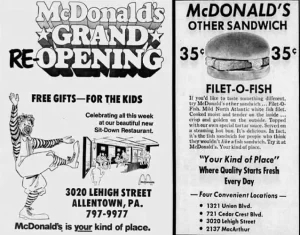
During the mid-1960s, Ronald McDonald became the star of McDonald’s commercials, drawing massive crowds to their outlets across the nation. By the 1970s, he even had his own comic book set in the fictional McDonaldland, where he battled the likes of the Hamburglar and Grimace alongside Mayor McCheese and Officer Big Mac. McDonaldland became a cultural phenomenon, and Ronald himself became a household name, steadily gaining popularity.
Throughout the 1980s, Ronald McDonald’s presence was ubiquitous, appearing in commercials, TV shows, cartoons, and even a feature film called Mac and Me. He was unstoppable, and McDonald’s empire reached its peak with the introduction of the Happy Meal, which featured toys bearing Ronald’s likeness. The Happy Meal toys became highly coveted, driving sales and ensuring repeat visits from children eager to complete their collections.
Despite his immense success, Ronald’s popularity waned in the 1990s as concerns about child obesity and the health implications of fast food grew. Doctors criticized McDonald’s for marketing unhealthy food to children, and Ronald went from being a symbol of fun to a symbol of the childhood obesity epidemic. McDonald’s faced losses and public backlash, leading to the closure of numerous underperforming restaurants.
Ronald was likened to the controversial Joe Camel cigarette ads, which targeted teens, further damaging McDonald’s reputation. The company came under scrutiny from Corporate Accountability International for promoting an unhealthy lifestyle to children. As McDonald’s rebranded to appear more health-friendly, the magic of McDonaldland faded, and Ronald’s once-beloved persona disappeared from the spotlight.
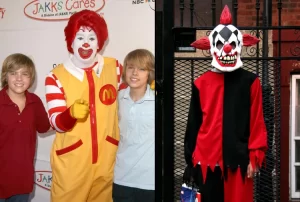
In 2016, a wave of unsettling incidents involving people dressed as clowns swept through the United States and the United Kingdom, turning the once-beloved figures into objects of fear. These “creepy clowns” began terrorizing and even attacking members of the public in various locations, including schools and residential areas. The phenomenon, initially dismissed as a bizarre hoax, quickly escalated into a serious concern, prompting widespread panic and safety measures.
The proliferation of these menacing clown sightings led major retailers like Target and Walmart to remove clown costumes from their shelves, and the public perception of clowns shifted dramatically. In response to this unsettling trend, McDonald’s made the decision to distance itself from the association with clowns by scaling back the presence of its iconic mascot, Ronald McDonald.
Although Ronald still occasionally makes appearances in social media and live events, he is no longer the prominent face of the brand. McDonald’s officially stated that Ronald is “working on some stuff,” but it’s clear that the era of cheerful clowns has come to an end. The once-beloved symbol of fun and entertainment for children has been overshadowed by the unsettling imagery associated with the clown panic of 2016.
